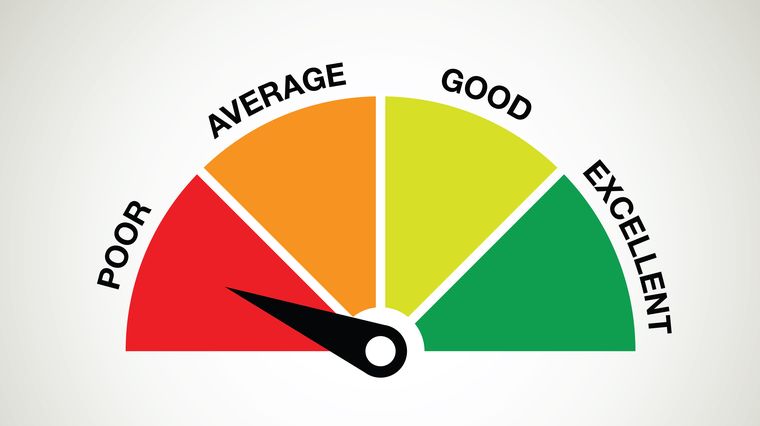After a hectic five years in the corporate arena, you felt for a break from the work. And so, you started planning an exotic trip to New Zealand with your wife and kids. The trip required you to set aside ₹7 lakhs. Since you didn’t have that amount in your reserves, you applied for a personal loan online. Both you and your better half were over the moon. But, as they say, there’s nothing certain in life, your script didn’t go the way as desired. The lender, where you applied, rejected your loan application owing to a poor credit history showing constant defaults on your credit card payment.
You were unaware of the demons your past repayment can have on your future dreams. However, you could have somewhat reduced the frustration to a degree had you checked your CIBIL score before applying for a loan. Even though it won’t have changed the situation but at least had made things clear to be away from the frustration you are having now. The best part is that you can check the score online for free. So, come and discuss on Free CIBIL Score in this article.
How to Check Your CIBIL Score for Free?
There are several ways by which you can check CIBIL score for free. The first thing that you need to do is to visit the official website of CIBIL, a leading provider of credit scores & reports. All that you need there is to enter your personal and credit details correctly. Post which, you can create a login by selecting a User ID and password of your choice. However, the credentials you choose must fit into the specific requirements in terms of numeric, special characters and alphabets. You can thus login to check your score online. As far as the first check in a year is concerned, it’s free. More than one would cost you somewhere around ₹500 or more. There are, however, some credit portals where you can check your CIBIL score free, irrespective of the number of enquiries you make in a year.
What Is a Good CIBIL Score?
Well, a good CIBIL score is anything 750 and above out of 900, the top limit as set by the leader in India’s credit information space. The score, actually, ranges from 300-900. But it’s not that those falling below 750 can’t get a loan or credit card. Those with a score of 700-749 can also get an approval for a credit. However, doubts prevail on those below 700.
How Does CIBIL Prepare Your Score?
Quite a pertinent question, right? All your credit activities are documented by the member banks and non-banking financial companies (NBFCs) to CIBIL every month. The activities could be like the payment schedule, late or skipped payment, if any, credit limit utilization ratio, etc. CIBIL then analyzes your activities from the deepest angle possible and tries to figure out the type of borrower you are. The credit behaviour is all but scrutinized before CIBIL assigns you the score that indicates your ability to service the debt. Based on how you may have reacted in your credit lifecycle, CIBIL would assign you a score. A flawless payment record can take you past 750, whereas a patchy credit behaviour can pull you down even below 700.
As Your Score is Down, What You Need to Do?
It is possible you see a credit score far away from what’s desired to get a credit. But, don’t lose hopes seeing the same, as there are multiple ways to improve a score. Wanna have a look at those? Check out now.
Pay Your Dues on Time – Maintain a routine of timely payment by keeping a control on all your unnecessary spends. If you can do away with those, you would most certainly end up with a reasonably good balance to ensure you pay the dues on time. A timely repayment, when maintained for longer periods, would keep raising your CIBIL score.
Don’t Fall into Minimum Due Payment Trap – A poor credit score can be a result of the habit of paying only the minimum due, which is calculated at about 5% of the overall outstanding balance, on a credit card. In that case, you can use your savings to pay off the total outstanding in full. Don’t let the dues blow out of proportion and make you stick to a minimum due payment routine
Keep a Control on Credit Utilization Ratio – Excessive credit utilization with a credit card does create a situation of default and thus the score can be in red. Show discretion on your spends and maintain the utilization ratio to around 50% to improve your score.



